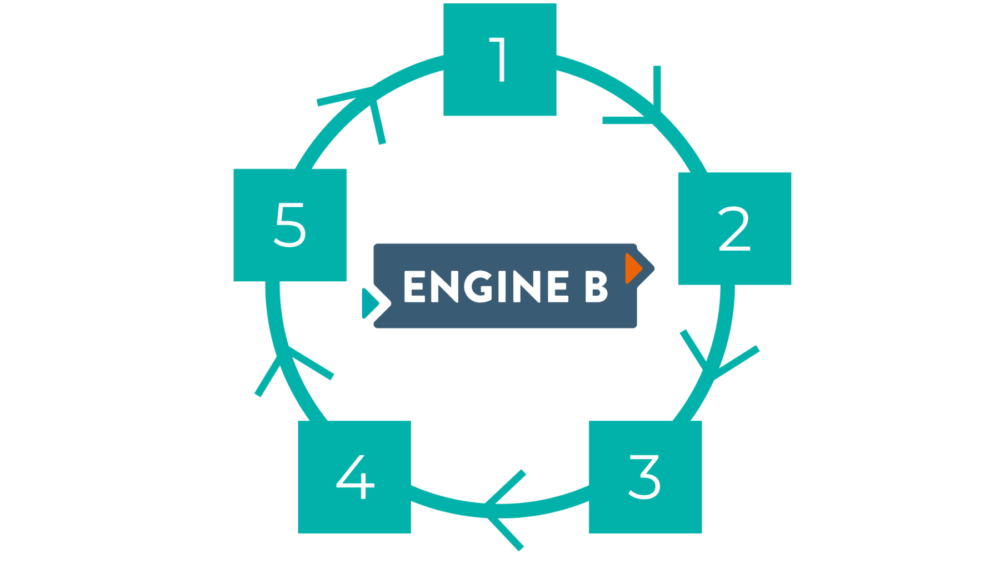
Quickly ingest and standardise client data, regardless of finance system, ready for analysis

In a matter of minutes, the Integration Engine gets your client's data ready for audit, assurance, accounting, tax or advisory work. Mapping a trial balance to the financial statement takes a quarter of the time as our AI auto-maps in seconds.
The Integration Engine removes inefficiencies of data preparation, the quality errors that come from manually formatting data from a huge variety of client finance systems, and the security issues around data processing by third party vendors.
Integration issues become a thing of the past as messy client data is transformed into the Accounting Common Data Model, providing a standard view of data that is immediately compatible with Microsoft tools, major analytics products and bespoke platforms.
The Integration Engine sits in your IT environment so Engine B never sees your client data or uses it for training or mining. Our product is built on Microsoft Azure, making it easy to manage user access to clients and engagements. Engine B is also ISO 27001 certified.
Upload your client’s ledger data, or connect to your client’s system via secure API if you have access, and transform it into the Common Data Model format to give you consistency and clarity. While adding data the Integration Engine carries out checks that allow you to see the shape of your data, any issues with data quality, and performs simple tests that will allow you to get on with the engagement.
Clients using customised or unique systems with messy data outputs? Our AI-enabled custom functions enable you to create a reusable template for all ledgers from these tricky systems in minutes, without needing to request IT or vendor support. Cleaning functionality allows you to remove irrelevant rows of data, conform date types and ensure the right data is transformed every time.
The Custom Groupings function uses AI to support the user in mapping or grouping your client’s trial balance to the financial statement. This can be easily set to your own accounts structure relevant to that client, and our auto-mapping uses AI to map to the structure in seconds. The user is still there to check and approve but you’ve already saved 75% of the time it takes to do this manually.
Big audits mean big files, and the Integration Engine supports you to standardise these easily. Large files can be held in your own secure repository and accessed at point of transformation, rather than having to spend time waiting for uploads. Our Table Joins functionality supports systems that use batching as standard, allowing you to combine these tables in the tool based on simple logic and then standardise.
